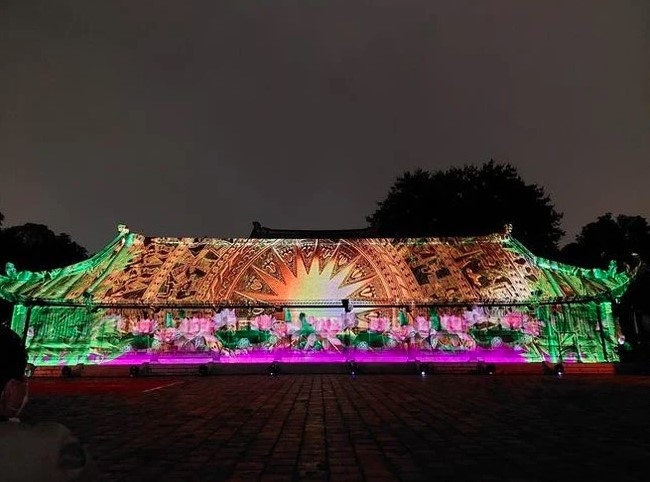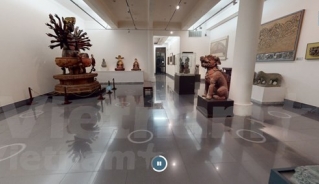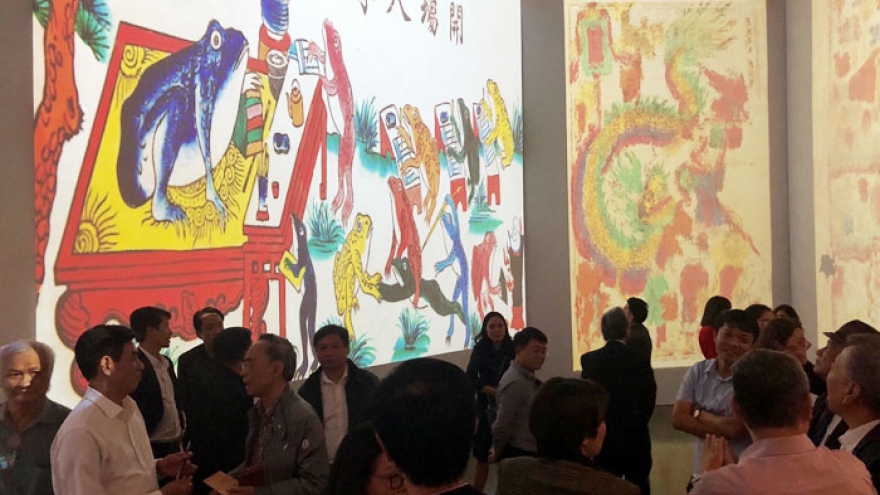3D technology raises bar on cultural preservation
In a significant push toward digital transformation, Vietnam is capitalising on 3D technology to preserve and promote its rich cultural heritage, aligning with the Party's directions on cultural development.

In his writing on digital transformation – an important driver for developing productive forces and perfecting production relations, taking the country into a new era, Party General Secretary To Lam underscored the need to advance IT and build digital platforms to connect and share data across organisations. He set a goal for Vietnam to rank among the world's top 50 countries and third in ASEAN in terms of e-government and digital economy by 2030, aiming to propel the nation into a new era of advancement, civilisation, and modernity.
The cultural sector has embraced this digital revolution, implementing digital technologies to archive, promote, and enhance cultural heritage values. This enables the Vietnamese culture to better integrate and exchange with global cultural communities.
The revised Cultural Heritage Law and the Data Law, which were adopted at the 15th National Assembly’s 8th session in November last year, provided a timely legal framework to facilitate digital transformation in cultural heritage preservation.
3D imaging technology has proven particularly valuable in storage and presentation, enhancing connectivity and interaction with archived materials and artifacts. It also diversifies exhibition activities, creating engaging and unique experiences for visitors.
Regarding conservation and research, the technology enables precise archiving, reproduction, and replica creation. Recently, at the Vuon Chuoi (Banana Garden) archaeological site in Hoai Duc district of Hanoi, it was employed to capture artifacts in three-dimensional space, collecting comprehensive data for research purposes.
Dinh Viet Phuong, Director of 3DArt Company, which involved in 3D scanning at the the site and other cultural heritage projects, noted growing market interest in heritage and artifact simulation for various purposes, including museum displays, decorative arts, religious practices, and souvenirs.
Under the programme to digitalise the Vietnamese cultural heritage for the 2021-2030 period, Vietnam plans to digitalise all special national relic sites, national treasures, and intangible cultural heritage items, making them accessible on digital platforms.
The Vietnam National Museum of History pioneered 3D digitalisation with various artifacts and materials, and has deployed virtual 3D interaction technology for exhibitions. This success has inspired other museums to follow suit, with digitalisation and 3D conversion processes continuing to be expanded throughout museum systems and heritage sites.
However, the process has faced multiple challenges as advanced digital technology requires substantial financial investment and skilled human resources for development and sound operation. Employees in the sector need further training and updated knowledge in digital transformation skills to effectively utilise 3D applications.


